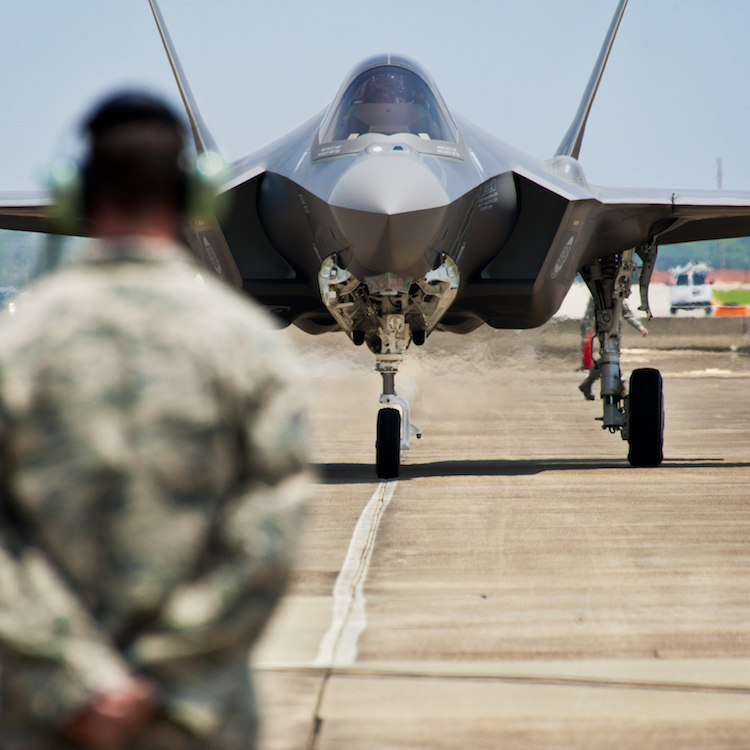As our economy struggles and America loses jobs, the defense budget continues to grow. For the past 13 years, the U.S. military budget has increased 114% and the U.S. must spend a full 1% of its GDP just to maintain its arsenal. America spends more on its military than the next 15 countries combined. What makes it even worse is that our foreign wars in Iraq and Afghanistan are funded through supplementary spending bills outside the federal budget. These supplementary spending bills have accounted for over $900 billion dollars in the fiscal year 2008 and to date have accounted for $3.7 trillion dollars for these two wars. For the fiscal year ended in 2013, the total defense spending was roughly $610.096 billion dollars.
The 2009 U.S. military budget accounted for approximately 40% of all global arms spending. The 2012 budget was 7 times larger than the $106 billion dollar military budget of China. The U.S. also maintains the largest number of military bases on foreign soil across the world. The problem, however, gets more complex. No one in the Department of Defense can accurately answer the question as to how many foreign bases we actually have! As of 2009, the U.S. military maintained 662 foreign sites in 38 countries. On the other hand, the Pentagon’s 2010 Base Structure Report lists 4,999 total sites in the U.S., its territories, and overseas. The total known land area occupied by U.S. bases and facilities is 15,654 square miles, an area larger that Washington D.C., the State of Massachusetts and New Jersey combined.
As of December 31, 2013, 1,369,532 people were on active duty in the armed forces with an additional 850,880 in the seven reserve components. Military retirement costs have climbed more than six fold in the last 15 years. The Pentagon will spend $18.3 billion dollars next year to provide military pensions that are at least twice as generous as the best private sector retirement plans. Since the average military retiree begins collecting payments at age 43, he or she has plenty of opportunity to supplement their pension with a second career private earnings. The present value of future benefits to current military retirees and reservists is expected to reach $709 billion dollars within a few years. Congress has to address this situation as it is skyrocketing out of control.
The mission of the U.S. military has to be reevaluated in light of today’s world. The true cost of military equipment spending is staggering. It costs $17,500 to equip one U.S. soldier but the costs to develop and purchase military equipment are as follows: one F-22 Raptor airplane $150,000,000, one Abrams tank $6,210,000, one stealth bomber $1.01 billion dollars, one Virginia Class submarine $2.3 billion, one Gerald R. Ford Class Aircraft carrier $13.5 billion, and the spending for U.S. Nuclear weapons for one year is $52 billion dollars! It is imperative that we plan our future military to be flexible with a reaction timeframe in days or weeks, not months or years. Drones, helicopters, more and more technology appear to be the wave of the future.
Future defense spending will have to change and we have to become more efficient in the way we spend our tax dollars. The Pentagon currently spends more on war than all 50 states combined spend on health, education, welfare and safety. We cannot throw dollars at the problem and expect to get the results that we want. Serious thought has to be given to bringing an “out of control situation” back under control. Secretary of Defense Robert Gates wrote in 2009 that the U.S. should adjust its priorities and spending to address the changing nature of threats in the world: “What all these potential adversaries, from terrorist cells to rogue nations have in common is that they have learned that it is unwise to confront the United States directly on conventional military terms.” Two years later, Mr. Gates wrote that “the Defense Department simply cannot risk continuing down the same path where our investment priorities, bureaucratic habits and lax attitude toward costs are increasingly divorced from the real threats of today, the growing perils of tomorrow and the nation’s grim financial outlook.” Thank you Mr. Gates.





